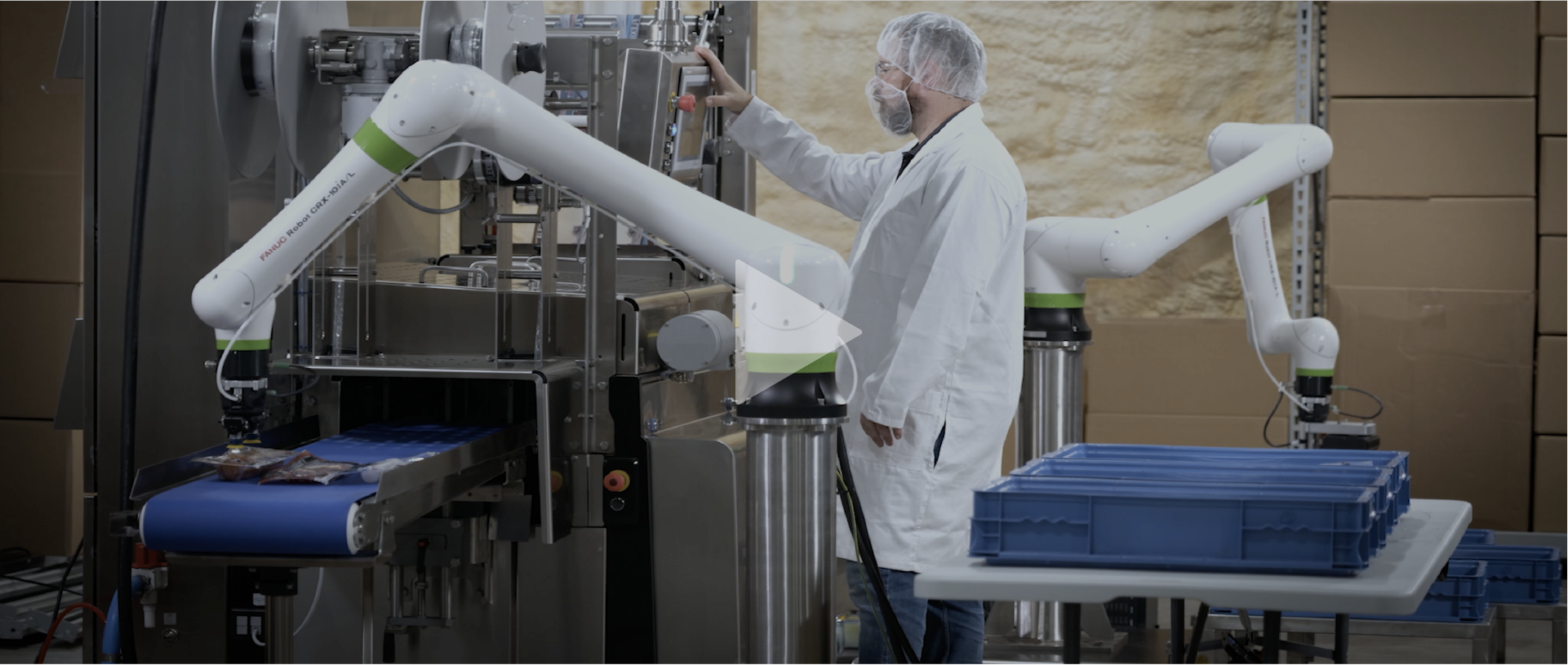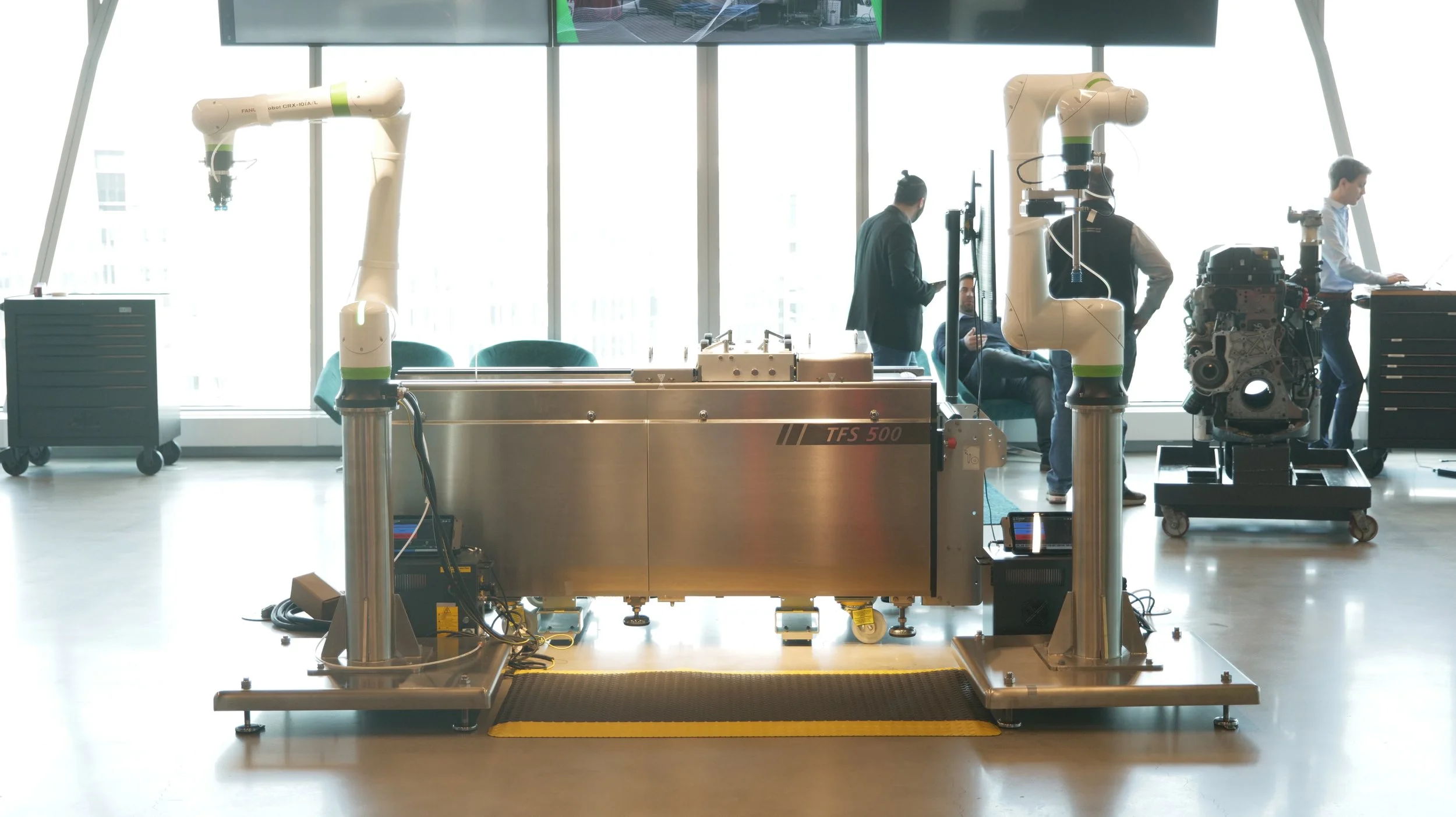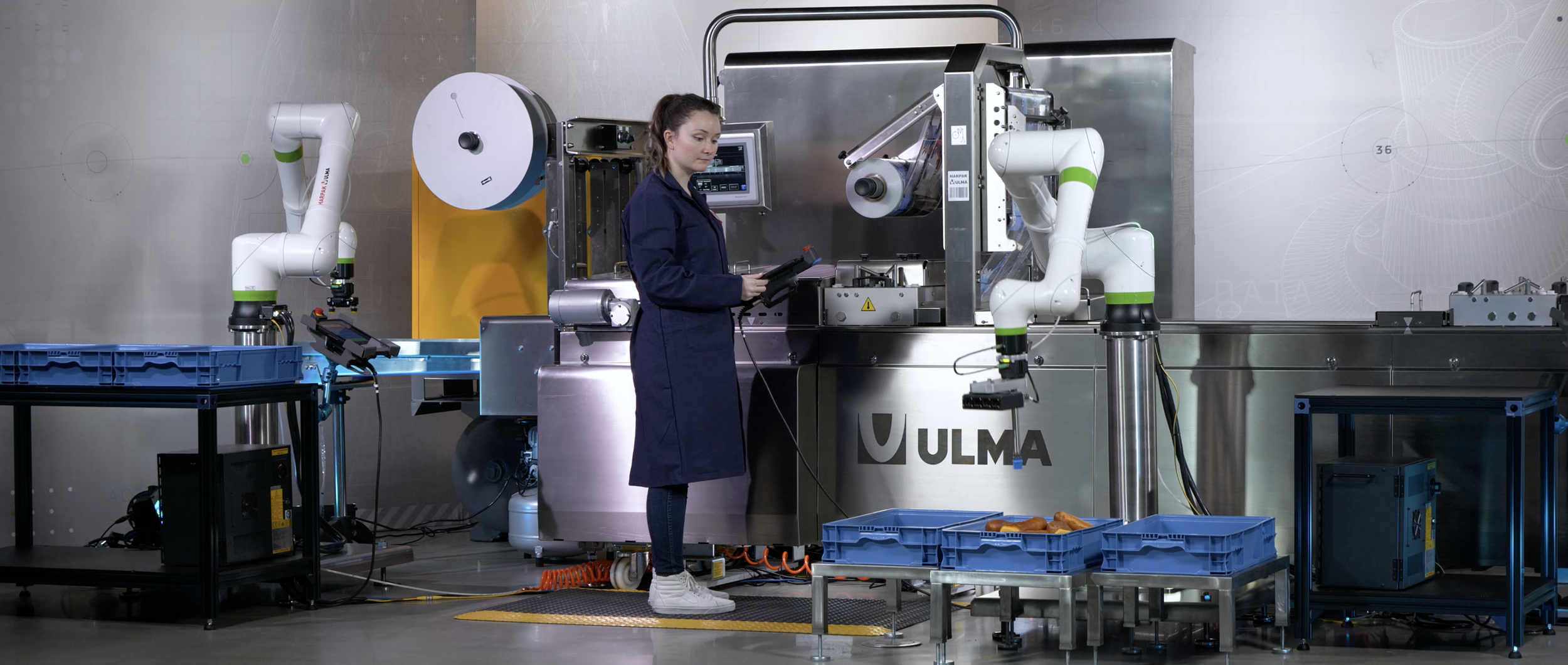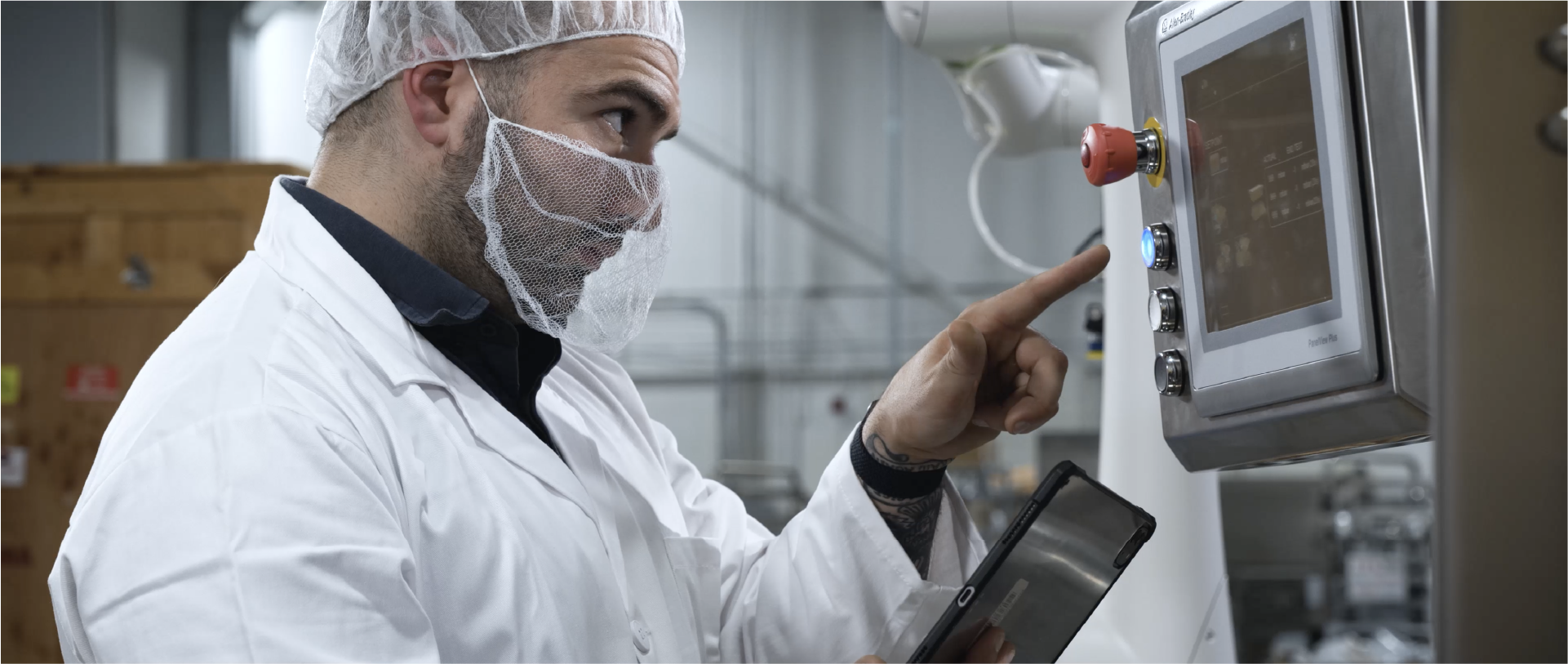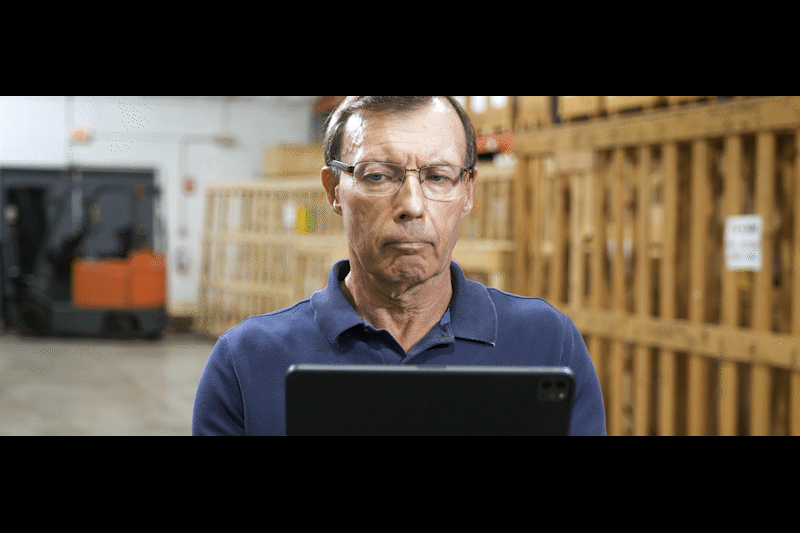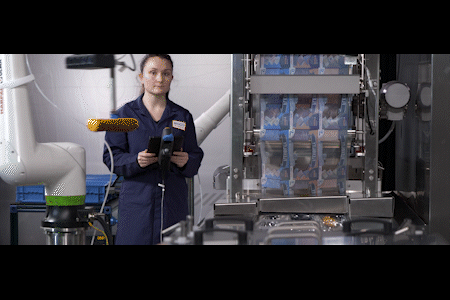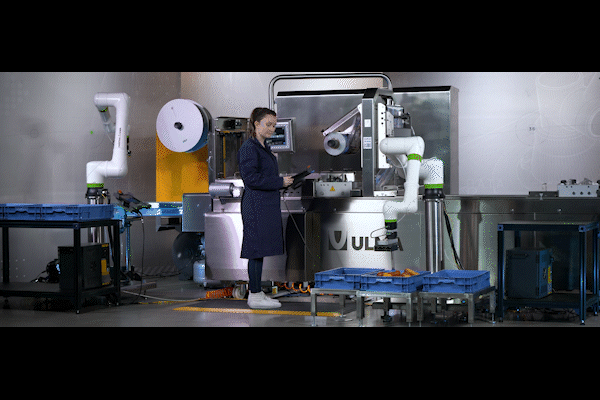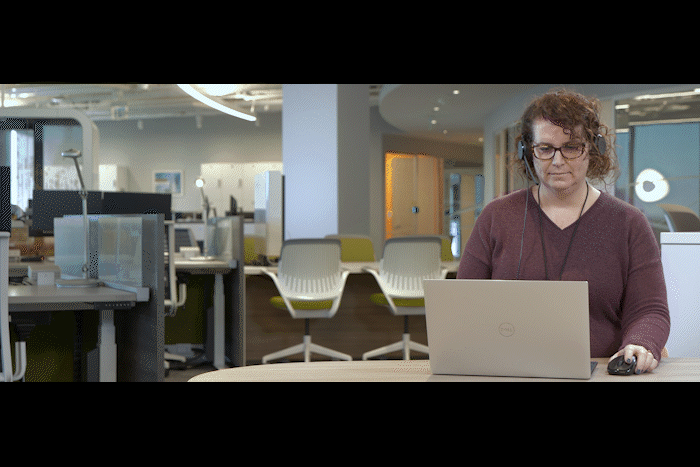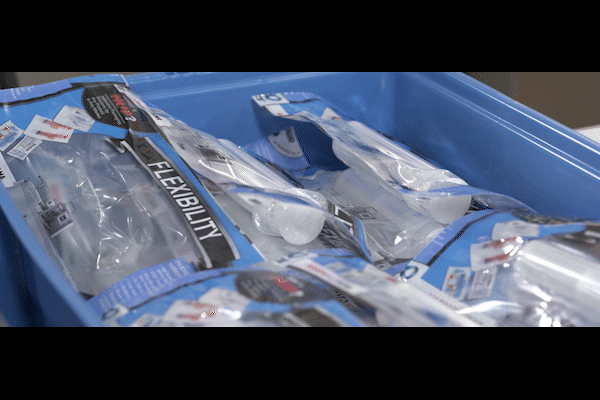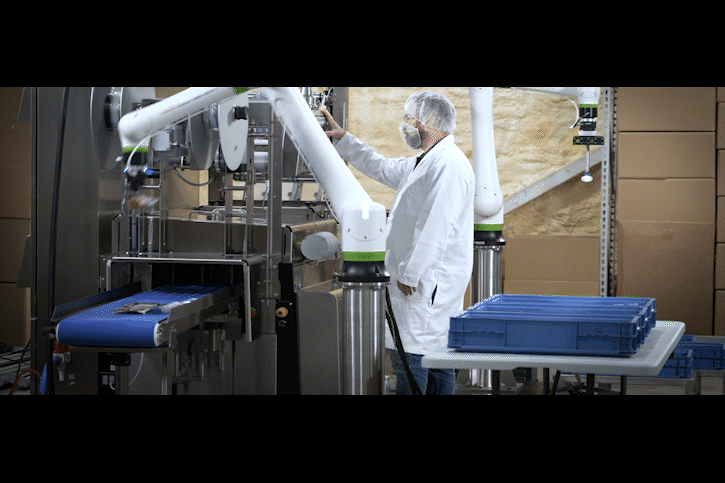Harpak–ulma
In the winter of 2022, I created a series of four videos to show how Harpak–Ulma, a company that designs industrial packaging machines, uses PTC’s internet of things (IoT) software and augmented reality (AR) technology to solve manufacturing problems.
CONTEXT
My team produced these videos for both Harpak and PTC customers who have only a basic understanding of IoT and AR technology. Focused on high–level value and technology use, each video illustrates on a particular manufacturing scenario.
PROCESS
To kick off the project, Harpak-Ulma’s marketing team gave our team a rough script for each video. To simplify production and produce concise final cuts, we decided to convert the dialogue in their scripts to a single, omniscient narrator.
Click here to see an example of a converted script.
Paul Graham’s Write Like You Talk influences my writing style – I try to write concisely, conversationally, and without jargon. I see writing as a balance between cutting unnecessary words (unless longer shots require them!) and including necessary marketing language.
To rewrite these scripts, I continually gathered feedback from three stakeholders:
Harpak-Ulma, to ensure we properly represented how they use our technology
PTC’s IoT and AR subject matter experts, to ensure we correctly showed how our technology works
PTC’s product management and marketing teams, to ensure our messaging was on-brand
I used the final scripts to make shot lists, which included live-action scenes, software screens, and motion graphics. For more complex projects, I always record test shots to communicate live-action scenes (see below) and use static illustrations to test motion graphics. My filmmaking process is influenced by David Mamet’s On Directing Film, which stresses the importance of montage to compress time.
With extra time before a shoot, I send test shots to my team for feedback
The packaging machine featured in the videos sits on the 17th floor of PTC’s Boston office, a far cry from a manufacturing facility. Our biggest production challenge was making the set look appropriate while handling the bright building exterior. Dragging large panels in front of the windows and recruiting lighting help from PTC’s internal video production agency did the trick.
Before set dressing and the fully built machine
After set dressing and lighting help from PTC’s internal video production agency
When I film, I try to capture footage PTC can repurpose for future videos. Helpful tricks include filming reverse shots of people using computers or mobile devices, filming green screen replacements, and intentionally obscuring specific actions. As a director, I never tell actors how to feel. Instead, I ask them to follow concrete steps to get their minds off the camera.
To make the videos more engaging, I made custom motion graphics with After Effects and modified pre-made templates to accommodate our footage. For both types, I used animation techniques like masking, motion tracking, rotoscoping, and equations.
After recording the voiceover for each video, I assembled rough cuts, selected music, and worked with our team’s editor to finish the films. Incorporating feedback from other organizations at PTC helped us confidently distribute final cuts.
I keep my Premiere Pro timeline organized for efficient hand-offs to other editors
CREDITS
Matt Rossi: Story development, writing, producing, directing, filming, editing
Christine Bahmer: Story and script feedback
Brooks Eaton: Editing, finishing
Travis Vatour, Joe Natale, Jason Kaplan: Lighting
